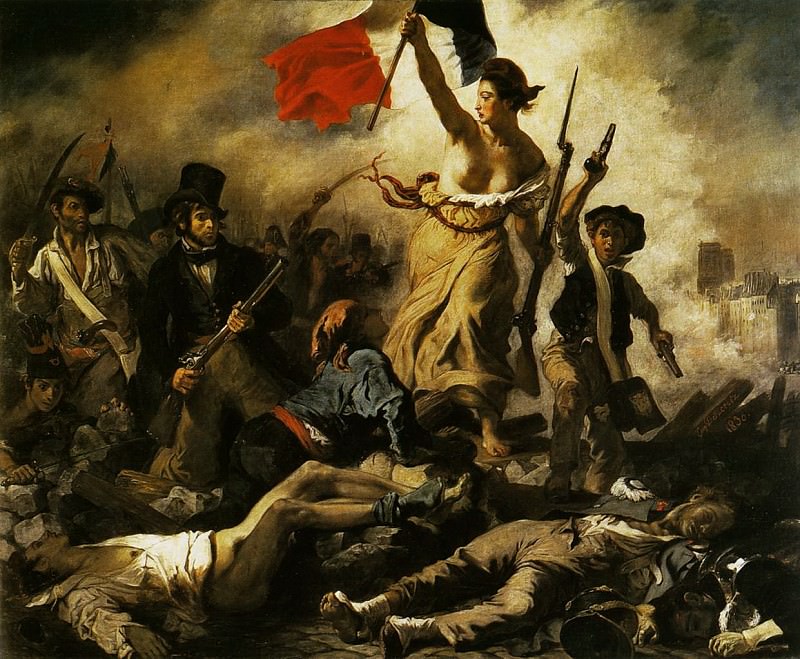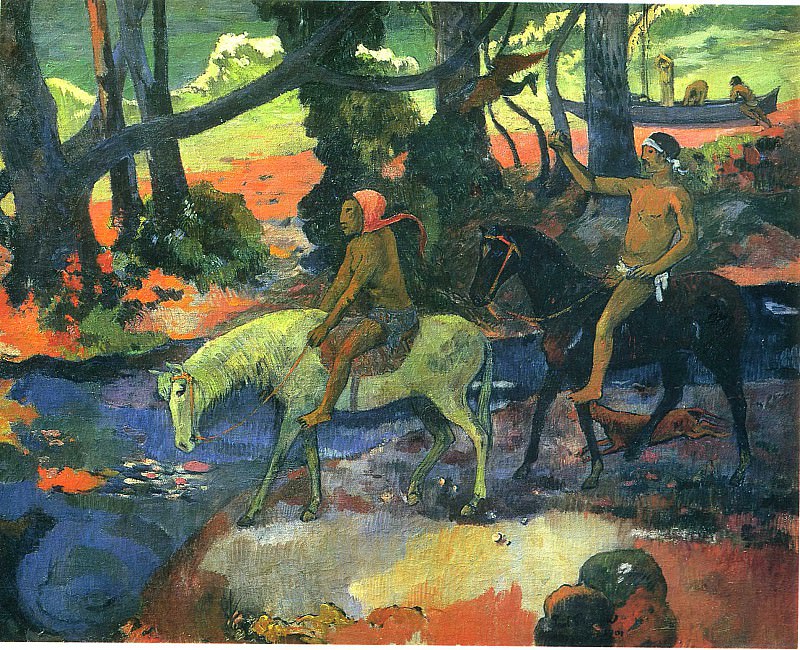The Artistic Vision of Saul Steinberg
Saul Steinberg, a master of wit and a virtuoso of line, has left an indelible mark on the world of art and illustration. Born in Râmnicu Sărat, Romania, on June 15, 1914, Steinberg's journey to becoming one of the most celebrated artists of the 20th century was as diverse and complex as his artwork. His early life, education, and career trajectory played a significant role in shaping his unique artistic vision.
Early Life and Education
Steinberg's family moved to Bucharest when he was young, where he was exposed to a rich cultural milieu. His initial education in philosophy at the University of Bucharest laid the groundwork for his intellectual approach to art. In 1933, he moved to Milan to study architecture at the Politecnico di Milano. This formal education in architecture not only honed his technical skills but also influenced his artistic style, characterized by precise lines and an architectural sense of space and structure.
Migration and World War II
The rise of Fascism in Europe forced Steinberg, who was Jewish, to leave Italy in 1941. He sought refuge in the United States, arriving in New York City in 1942. This period marked a significant turning point in his career. The cultural vibrancy and artistic freedom of New York provided a fertile ground for his creativity. Steinberg's work began to reflect the complexities of urban life, and he started contributing to various publications, including The New Yorker, which would become his most enduring association.
The New Yorker and Beyond
Steinberg's first drawing for The New Yorker appeared in 1941, and over the next six decades, he would contribute nearly 90 covers and more than 1,200 drawings. His work for the magazine became iconic, blending satire, wit, and a deep understanding of human nature. His ability to capture the absurdities of modern life through simple yet profound lines made his drawings instantly recognizable.
One of Steinberg's most famous works is the cover for the March 29, 1976, issue of The New Yorker, titled "View of the World from 9th Avenue." This piece humorously depicts the New Yorker's perception of the world, with Manhattan prominently featured and the rest of the world receding into insignificance. This cover has become a cultural reference point, illustrating Steinberg's talent for combining humor with sharp social commentary.
Artistic Style and Themes
Steinberg's art defies easy categorization. It spans cartoons, fine art, and surrealism, often blurring the lines between these genres. His drawings are characterized by their economy of line, inventive compositions, and a playful yet critical approach to depicting reality. He often used visual metaphors and allegories to explore themes such as identity, power, and the human condition.
Steinberg's architectural background is evident in his meticulous attention to detail and his ability to create a sense of depth and perspective. His lines, both literal and metaphorical, construct worlds that are simultaneously familiar and fantastical. He had a unique ability to distill complex ideas into deceptively simple images, inviting viewers to look beyond the surface.
Major Works and Exhibitions
Throughout his career, Steinberg's work was exhibited in major galleries and museums worldwide. His first solo exhibition was held in 1943 at the Wakefield Gallery in New York. In 1952, the Museum of Modern Art in New York included his work in a major exhibition titled "15 Americans," alongside artists such as Jackson Pollock and Mark Rothko.
In 1978, a retrospective of his work was held at the Whitney Museum of American Art, cementing his status as a major figure in contemporary art. The exhibition showcased the breadth and depth of his oeuvre, from his early cartoons to his later, more abstract pieces. Steinberg's ability to continually evolve and experiment with different styles and mediums kept his work fresh and relevant throughout his career.
Influence and Legacy
Saul Steinberg's influence extends beyond the realm of visual art. His work has inspired writers, filmmakers, and other artists who admire his unique blend of humor, intelligence, and technical prowess. His ability to capture the essence of his subjects with minimalistic lines and thoughtful compositions has made his art timeless.
Steinberg's legacy is also evident in the continued relevance and popularity of his work. His drawings are regularly featured in exhibitions, and his influence can be seen in contemporary cartooning and illustration. The Saul Steinberg Foundation, established after his death in 1999, continues to promote his work and preserve his legacy through exhibitions, publications, and educational programs.
Personal Life and Character
Steinberg's personal life was as intriguing as his art. Known for his wit and charm, he was a beloved figure in the New York art scene. He had a wide circle of friends and collaborators, including prominent artists, writers, and intellectuals. His relationships with fellow artists like Hedda Sterne, to whom he was married, and his friendships with figures like E.B. White and Le Corbusier, enriched his artistic perspective and provided a supportive community.
Despite his success, Steinberg remained a humble and introspective individual. He often spoke about the importance of maintaining a sense of curiosity and wonder in life and art. This philosophy is reflected in his work, which continually invites viewers to see the world from new and unexpected angles.
Conclusion
Saul Steinberg's art is a testament to the power of imagination and the enduring impact of a unique artistic vision. His ability to merge humor with profound social and cultural insights has left a lasting legacy in the world of art and beyond. Through his work, Steinberg continues to inspire and challenge us to look at the world with a critical yet playful eye, reminding us of the complexities and absurdities of the human experience.
His contributions to art and culture remain significant, and his work continues to be celebrated and studied for its innovation, wit, and profound understanding of the human condition. Saul Steinberg's art is not just a reflection of his time but a timeless exploration of the universal themes that define our existence.
















